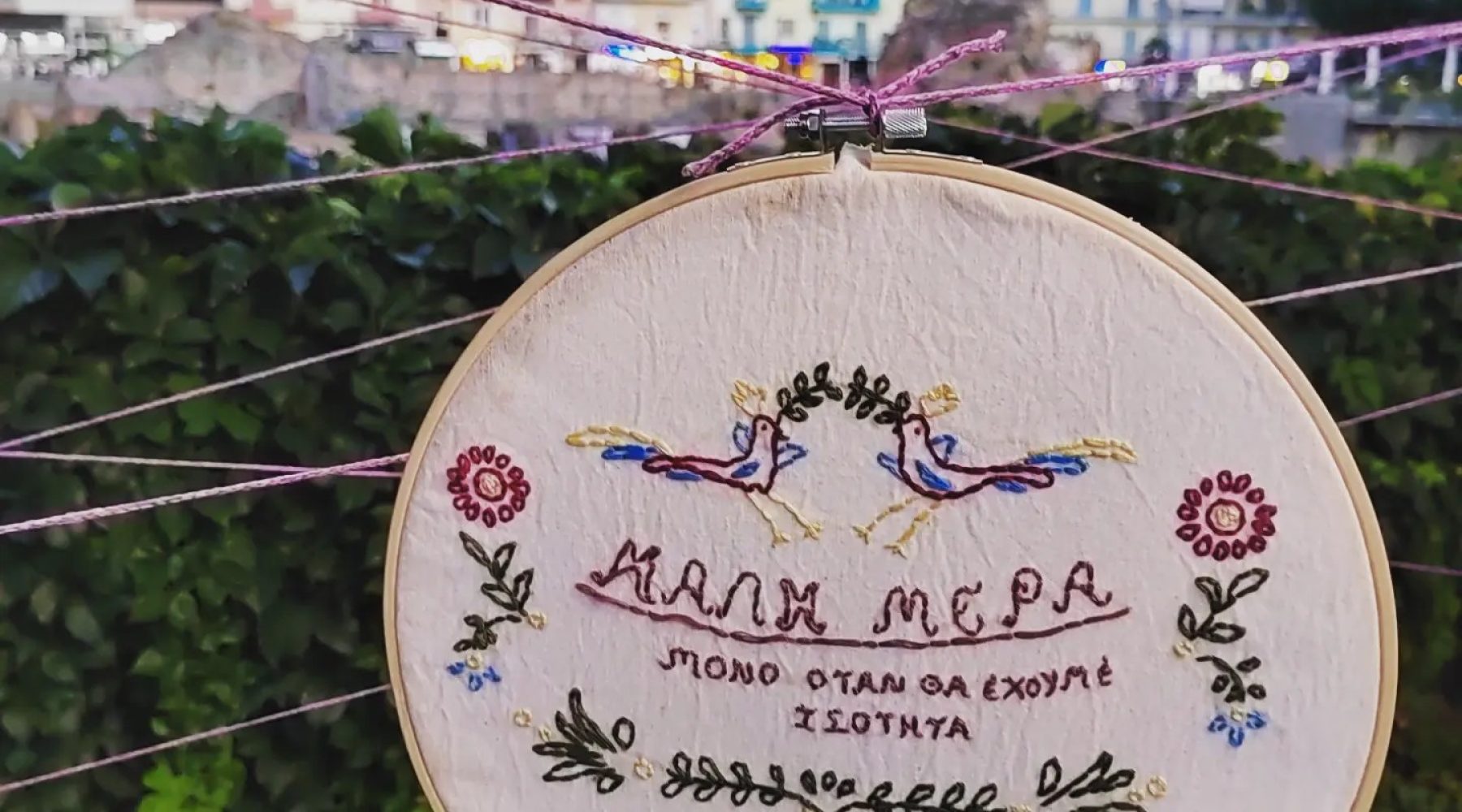After completing various training activities and mini artistic projects, the teams formed through co-creativity hubs and engaged audiences in Greece, Italy, and Portugal came together to deliver creative placemaking projects in their own communities. These projects showcased the unique characteristics of each community, drawing inspiration from their creative strengths and addressing the changes brought by the post-COVID era.
The themes explored included new ways of working digitally, as well as finding ways to have fun and stay safe. Trained artists and cultural workers played a crucial role in coordinating and producing these projects, acting as creativity ambassadors at the community level. The design phase lasted for about two months, and the projects were implemented between May and June.
The Power of Public Art and Community Arts
The creative placemaking projects took the form of public art and community arts, which are incredibly powerful tools for shaping a sense of place. These projects encompass all forms of artwork displayed in public spaces, allowing everyone in the community to enjoy them. They not only beautify the surroundings but also promote civic engagement and volunteering. Additionally, they foster transferable life skills, empowering individuals and contributing to the overall well-being of the community.
Collaboration and Decision-Making
The theme for each project was decided through collaboration and involvement from all team members, under the guidance and coordination of trained artists and cultural workers in each country. The European working group, consisting of trained artists and cultural workers in limbo, met digitally during the design phase so as to exchange ideas generated from brainstorming sessions at the community level. Together, they decided on a common European umbrella theme for the creative placemaking projects.
Sharing Knowledge and Inspiring Others
The project’s repository of creative placemaking case studies will serve as a valuable resource for cultural and creative organizations, public authorities, and CSOs. These case studies provide examples of how cities can create conditions that define and distinguish themselves through public art, while also promoting the development of arts- based life skills.

